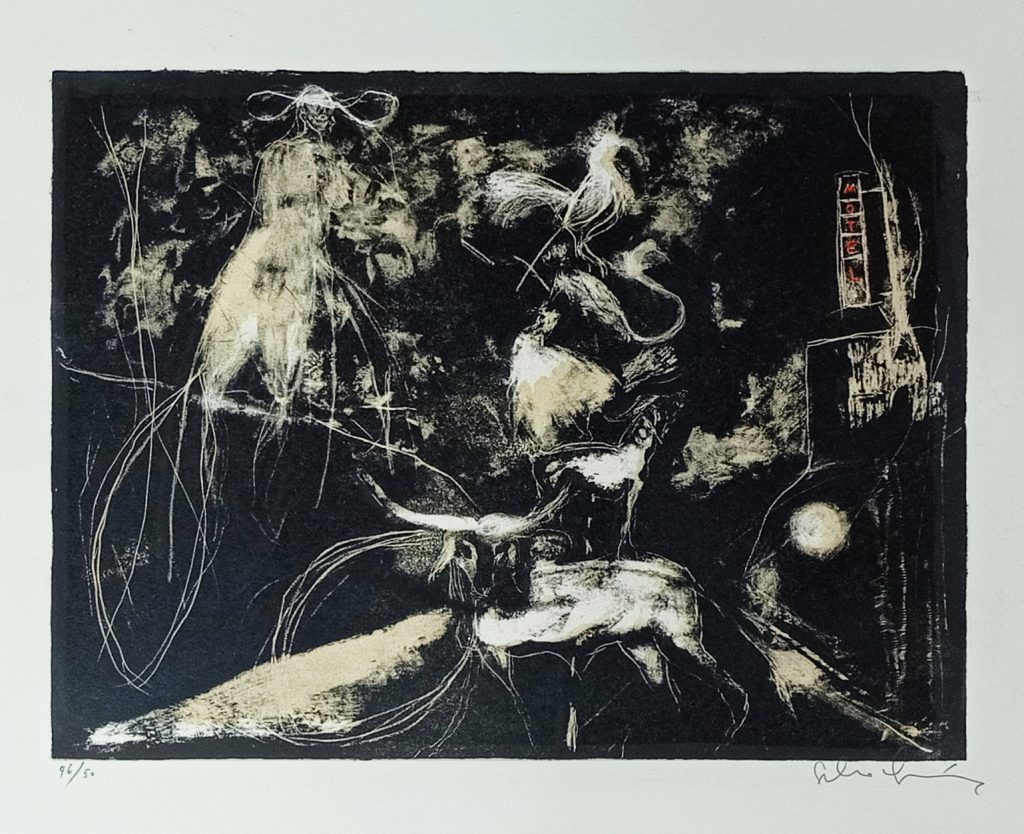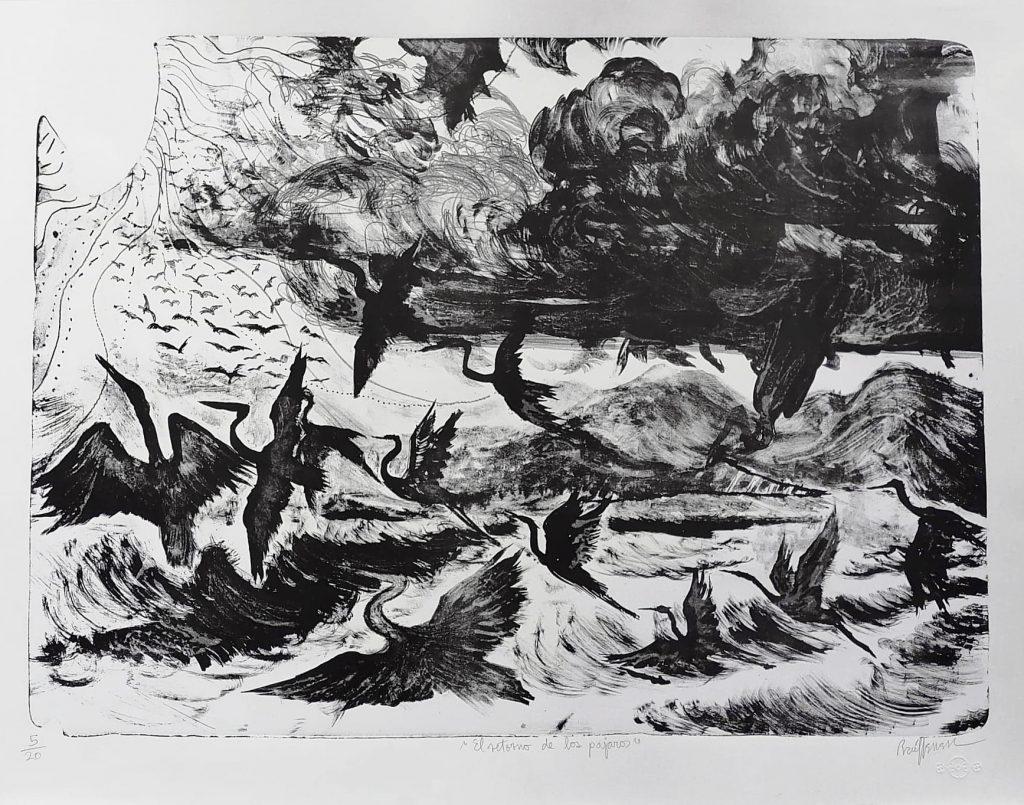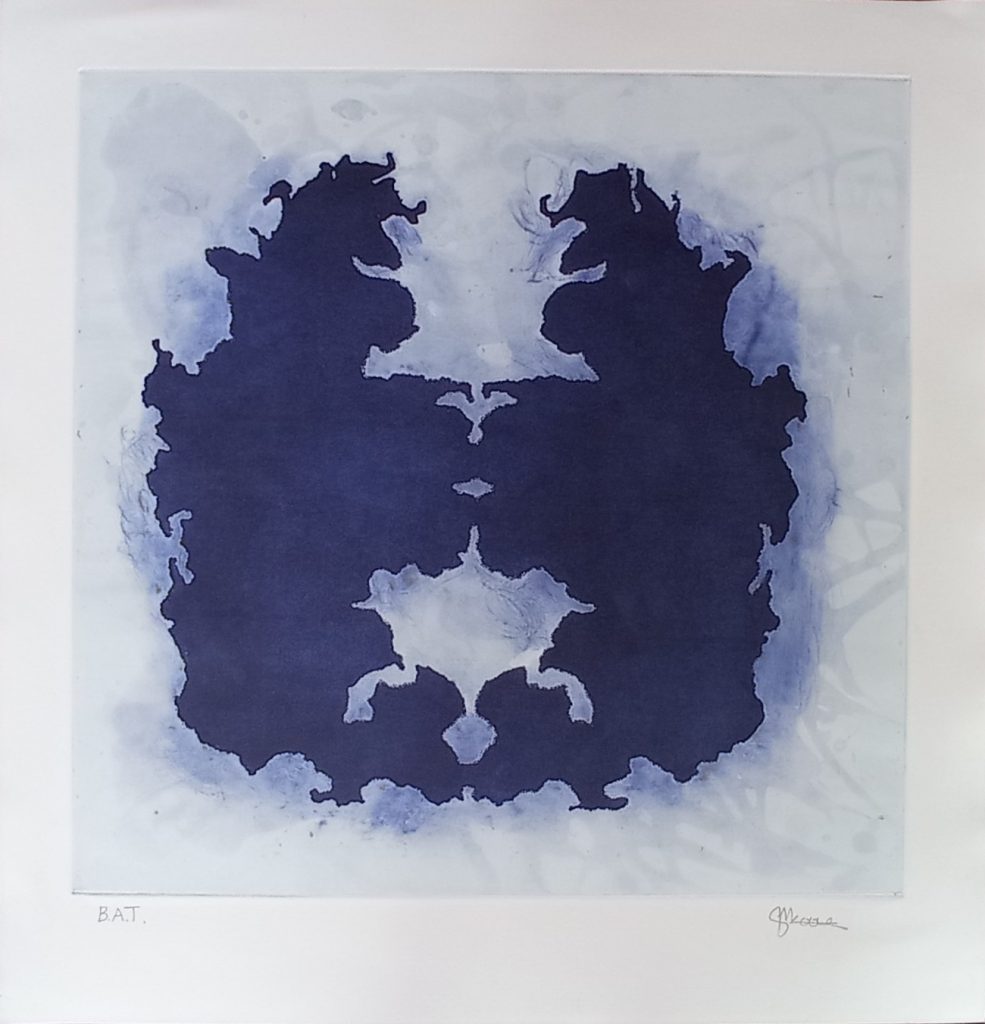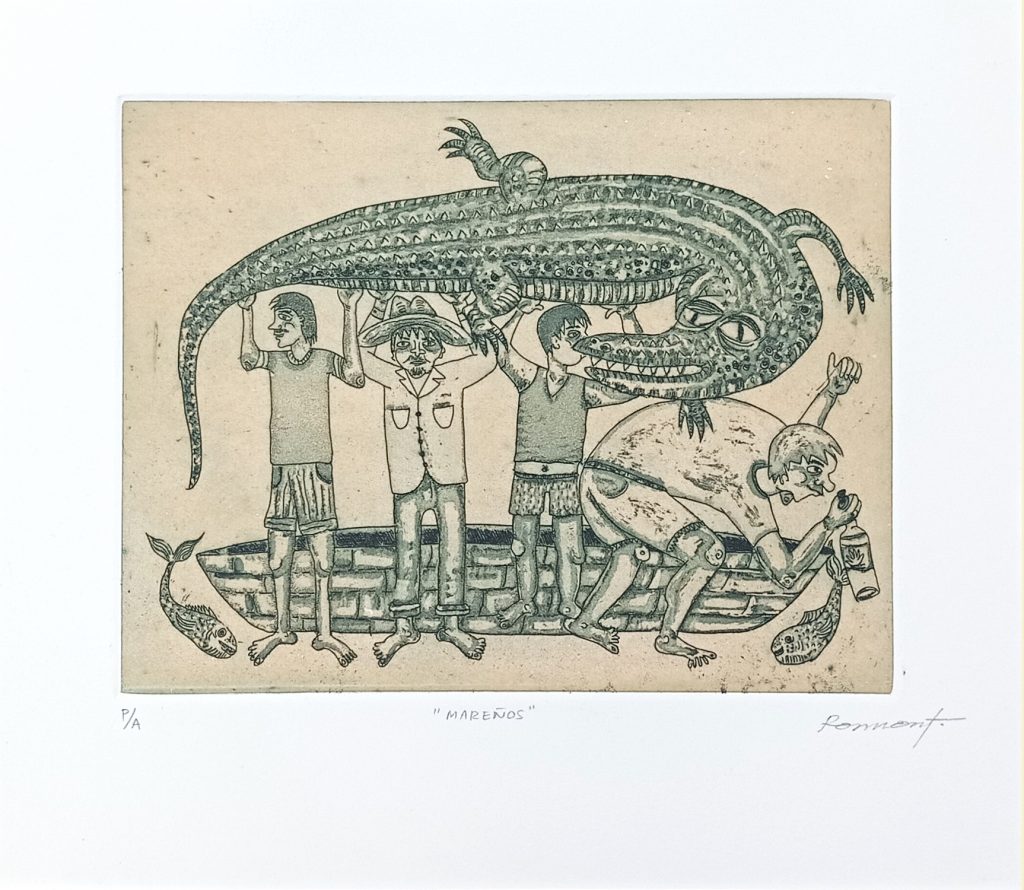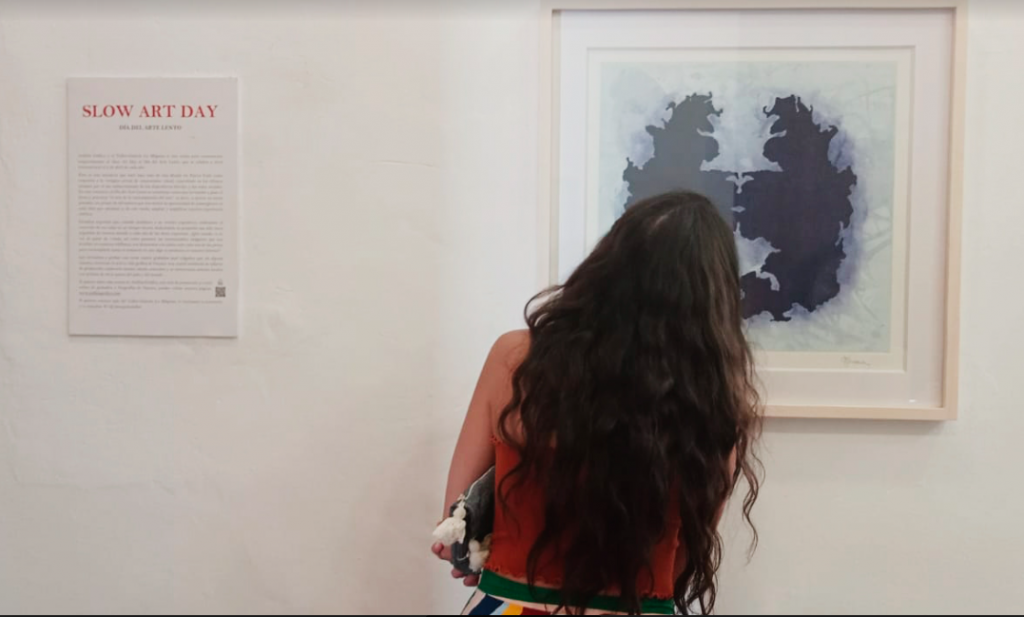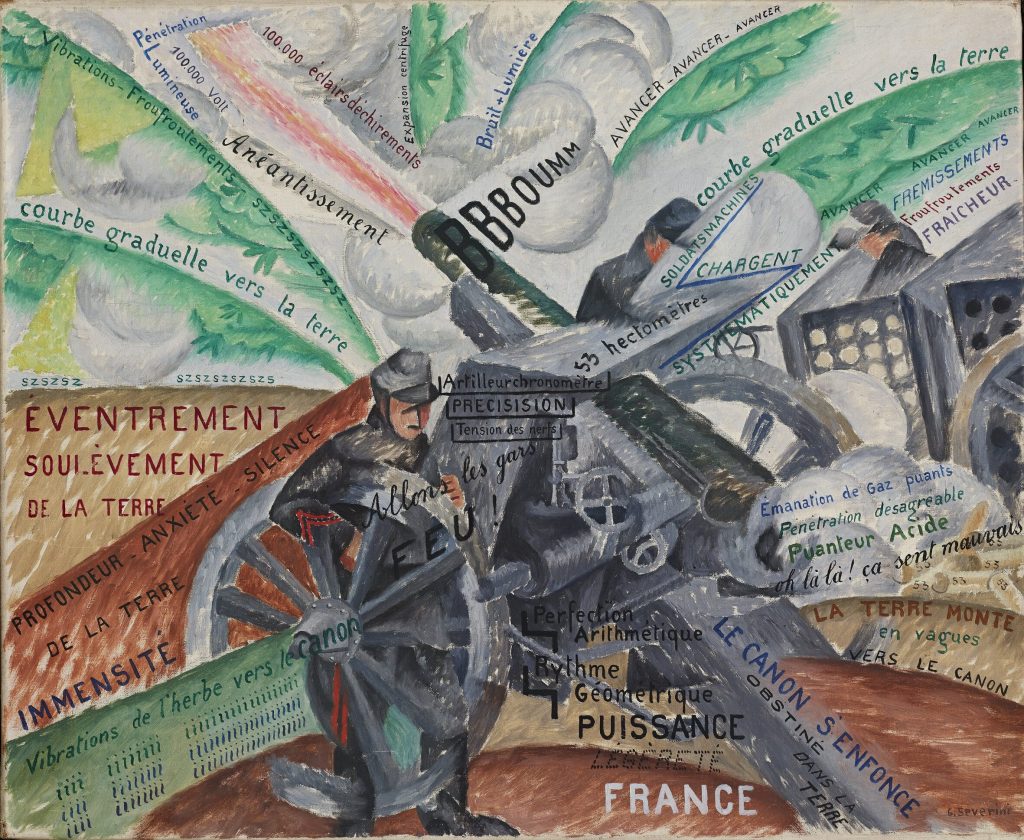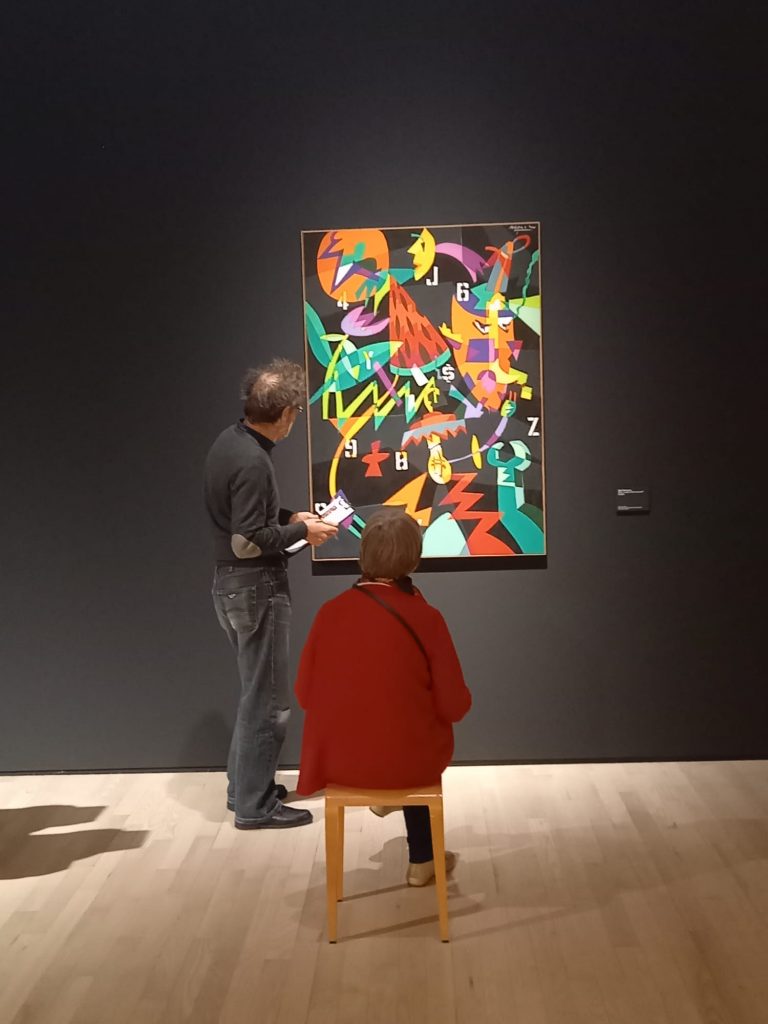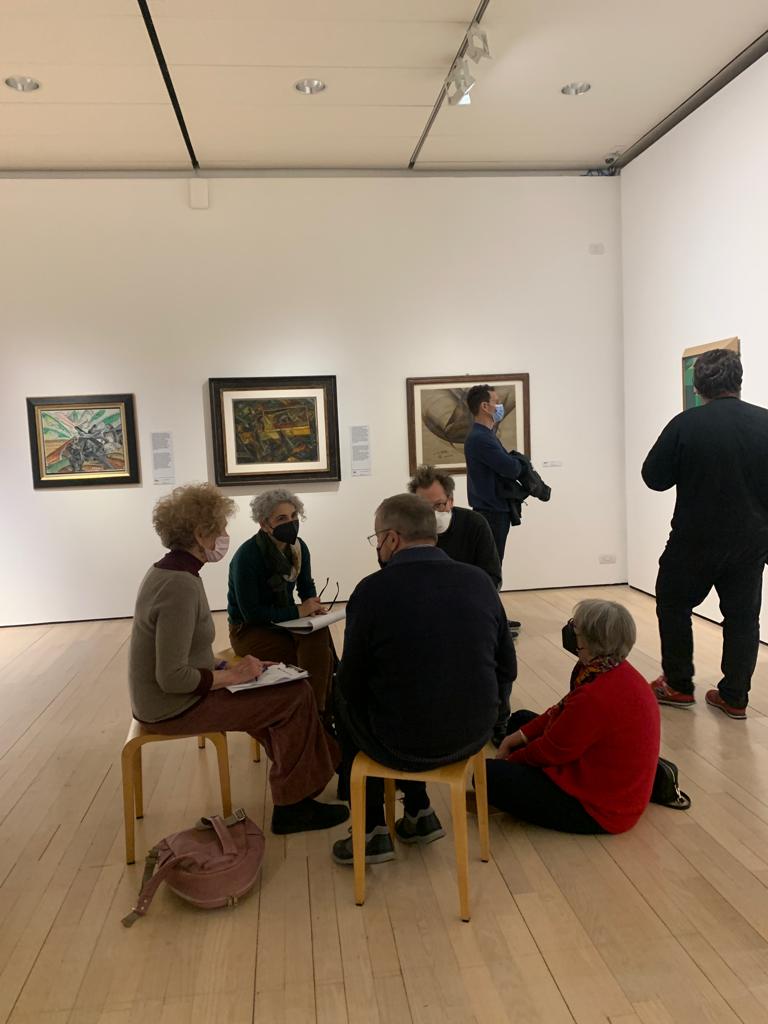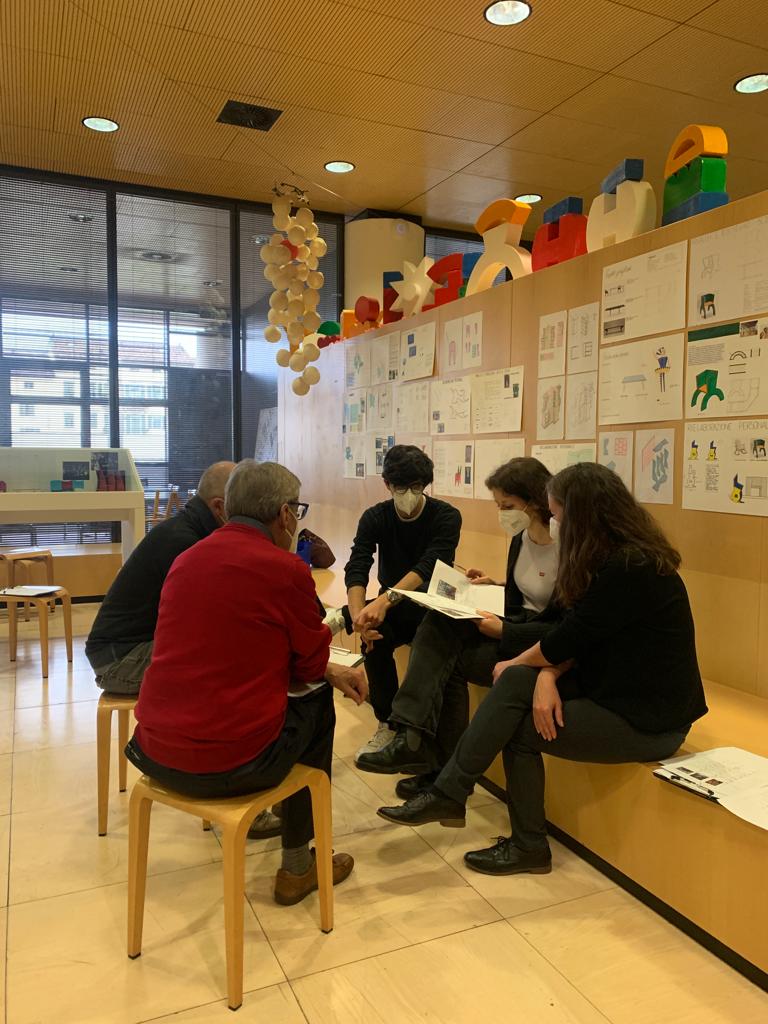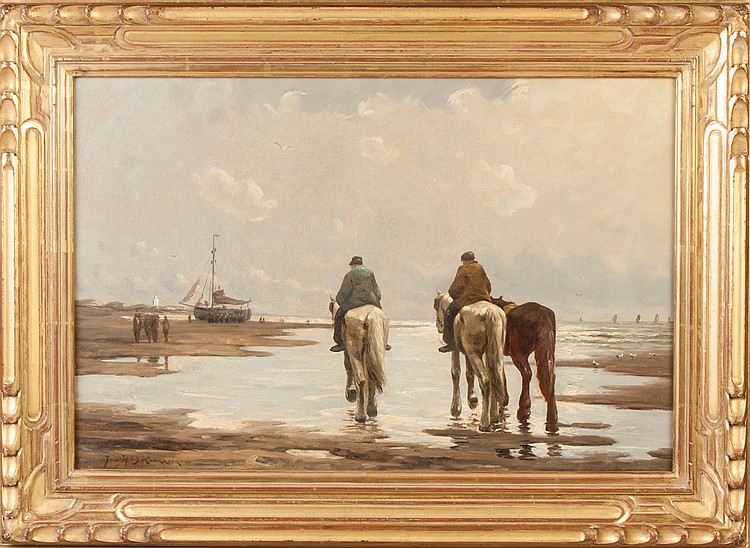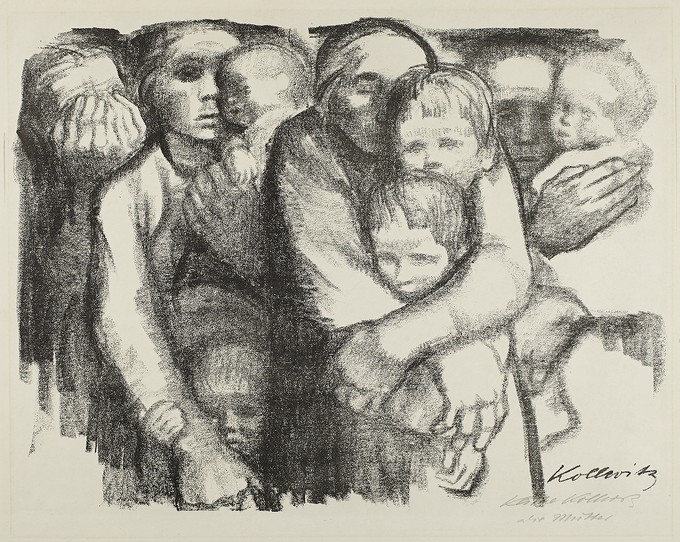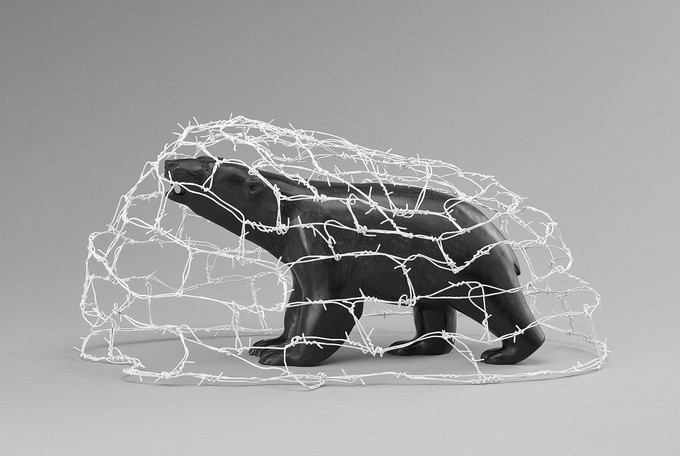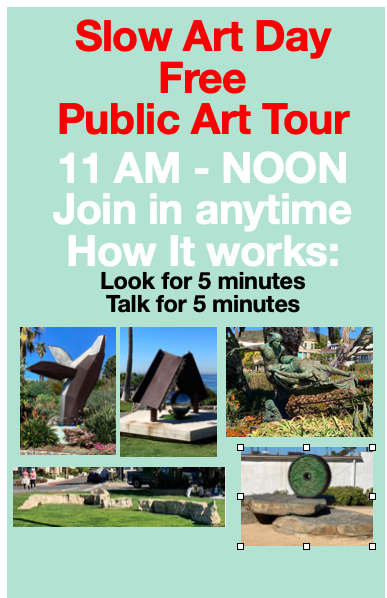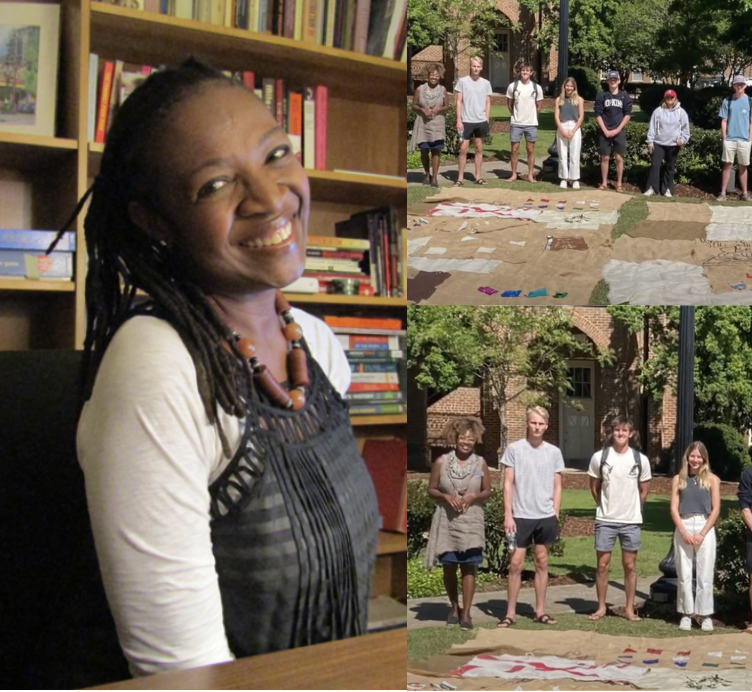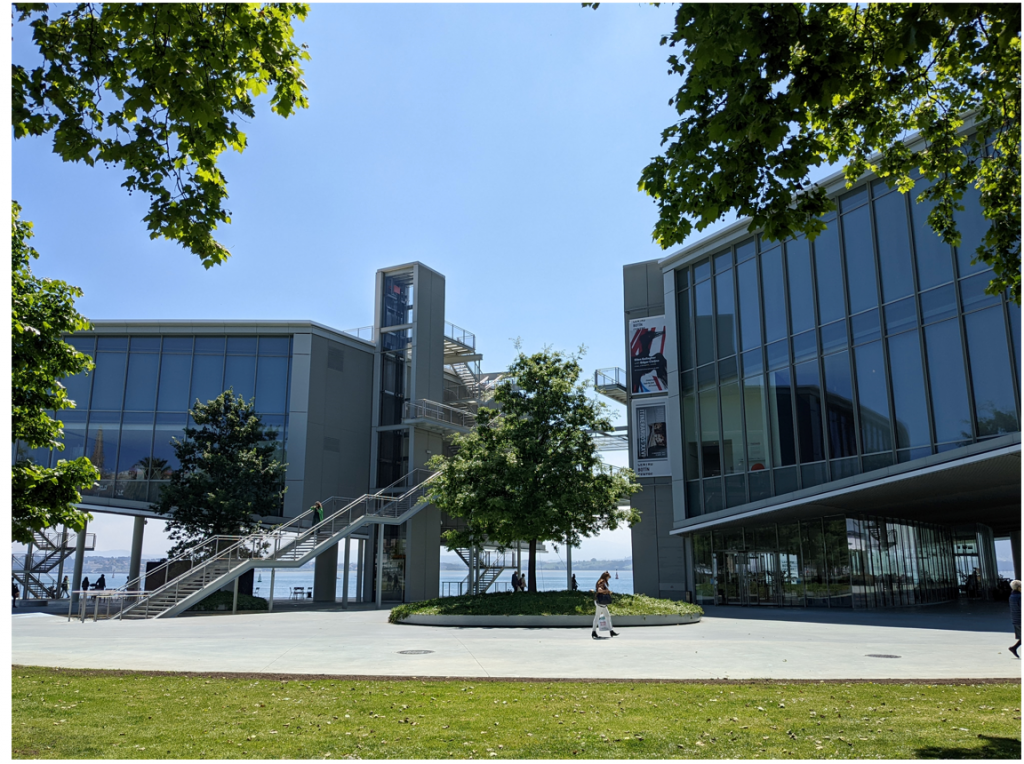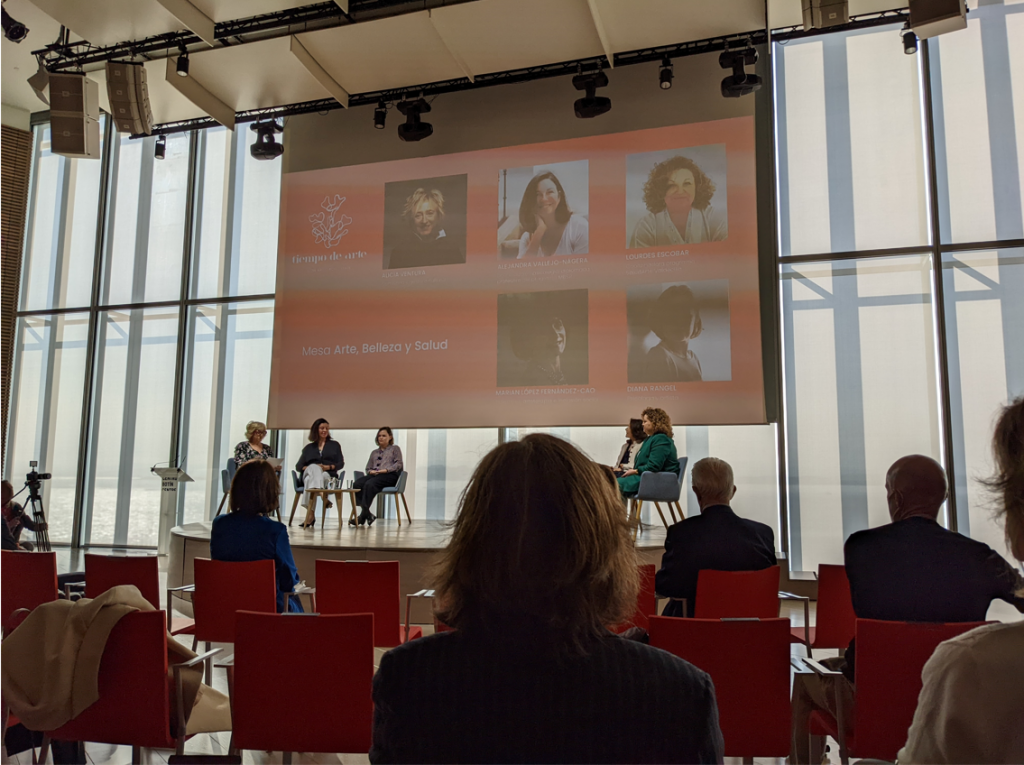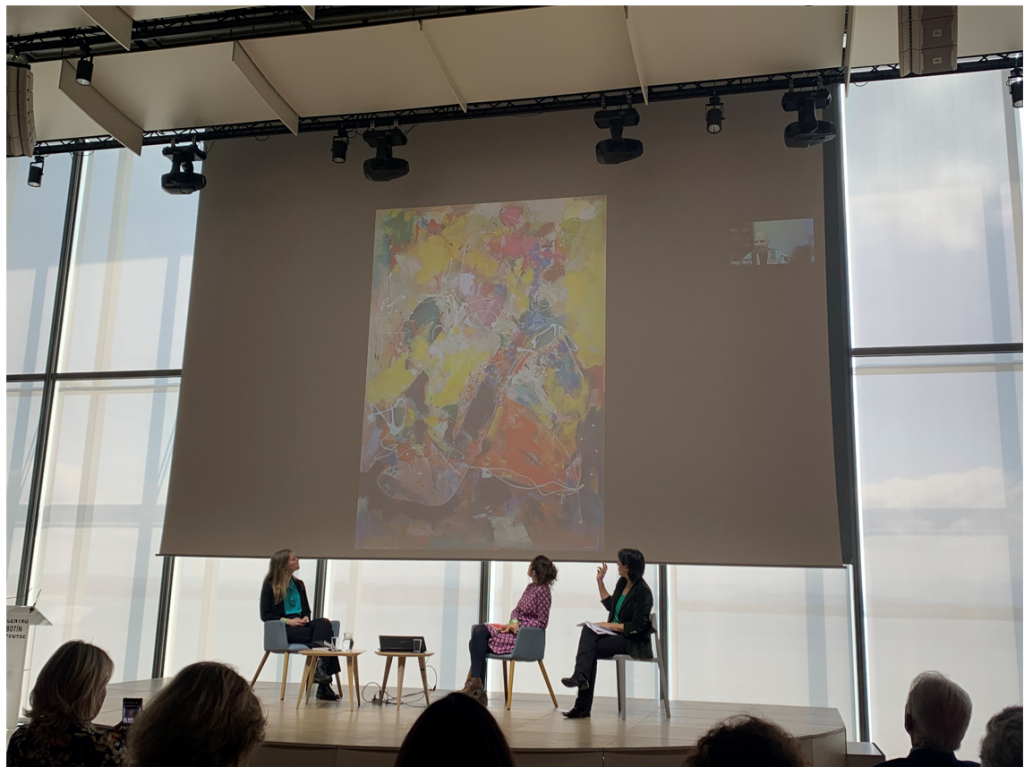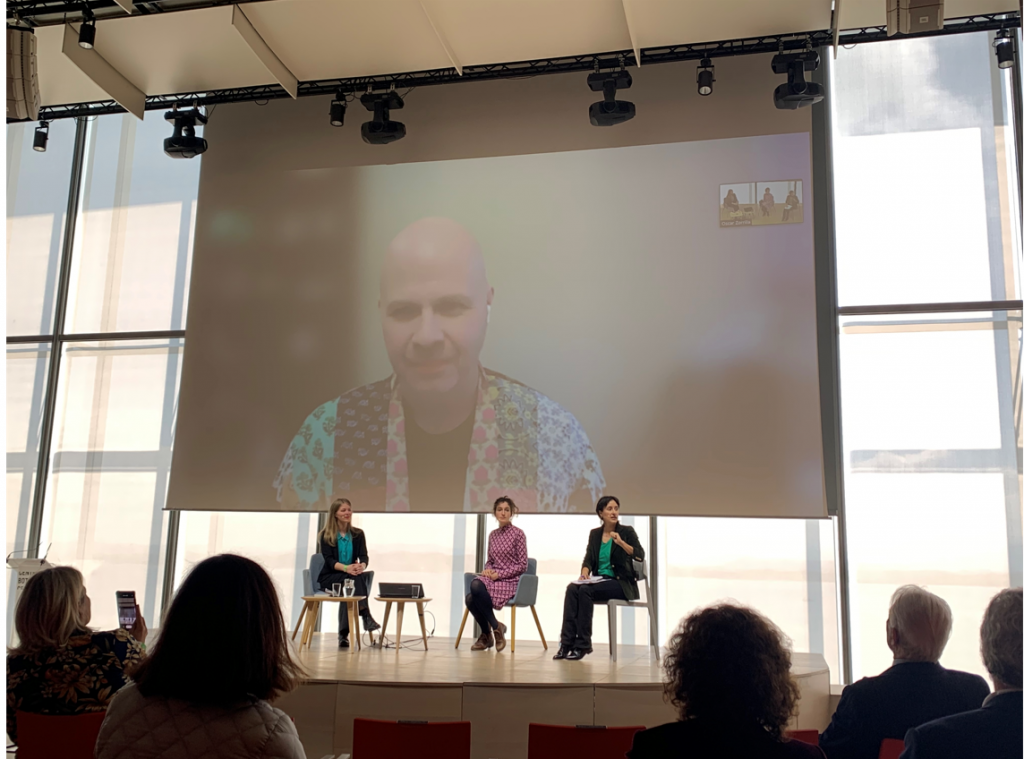For their second Slow Art Day, the Museum der Stille, in Berlin, Germany, organized an in-person event where participants were invited to look slowly in silence and peace.
The Museum der Stille, literally the “museum of stillness”, is a quiet and safe space in the heart of Berlin where visitors can find a moment for contemplation and deep spiritual connection. It is literally a slow – and slow – art museum.
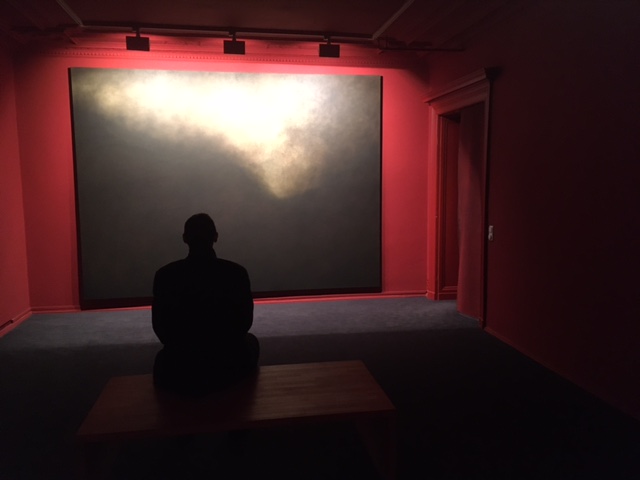
For Slow Art Day, the organizers, Steve Nietz, Alexander Aleksander, asked participants to look silently at two works (one in each room) by fellow organizer and artist Nikolai Marakov (see photo above).
While they did not answer questions in the galleries, the organizers did make themselves available in the lobby in case participants had questions or comments.
Perhaps, due to the lingering effects of looking slowly in noiseless rooms with dimmed lighting, participants did not ask questions afterwords – but some did leave comments about the power and impact of this experience.
“If I had more time, I would have sat down in the room forever. It was exactly what I needed: silence.”
Slow Art Day participant
“The dense atmosphere, the absence of sound, and the minimal exhibition has put me in a state of calm.”
Slow Art Day participant
“The room of silence left me speechless.”
Slow Art Day Participant
“Soft tones, forms and figures of every kind, evoking transcendence and the urge to let go. A place of utter calmness in the middle of busy Berlin/Mitte.”
Slow Art Day Participant
The event was a success with 25-30 participants coming to silently look at the art slowly.
At Slow Art Day HQ, we are impressed with the merging of silence and slow that the team at Museum Der Stille created – especially given how afraid many are of silence (think about how many of us walk around with headphones, or how loud many museums can be).
But silence, like slow, is powerful and we encourage more museums to consider using silence as a key design element of their future Slow Art Day events.
And we look forward to seeing what this creative museum in Berlin develops for their Slow Art Day 2023.
Best,
– Jessica Jane, Johanna, Robin, Ashley, and Phyl


